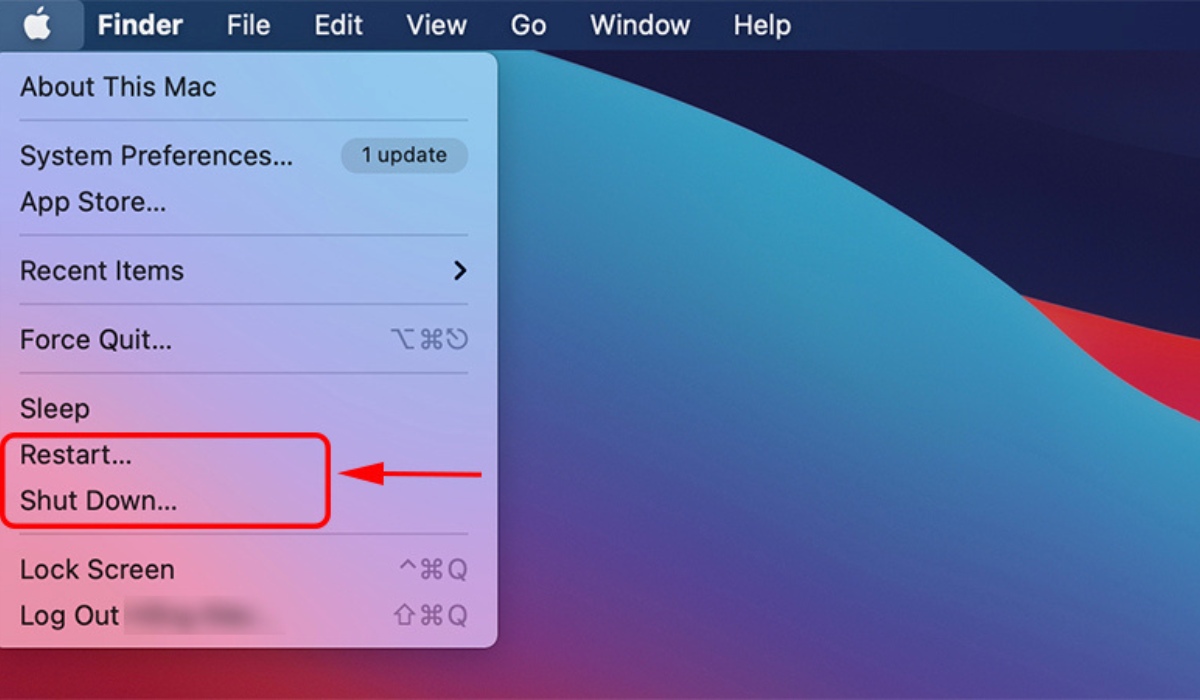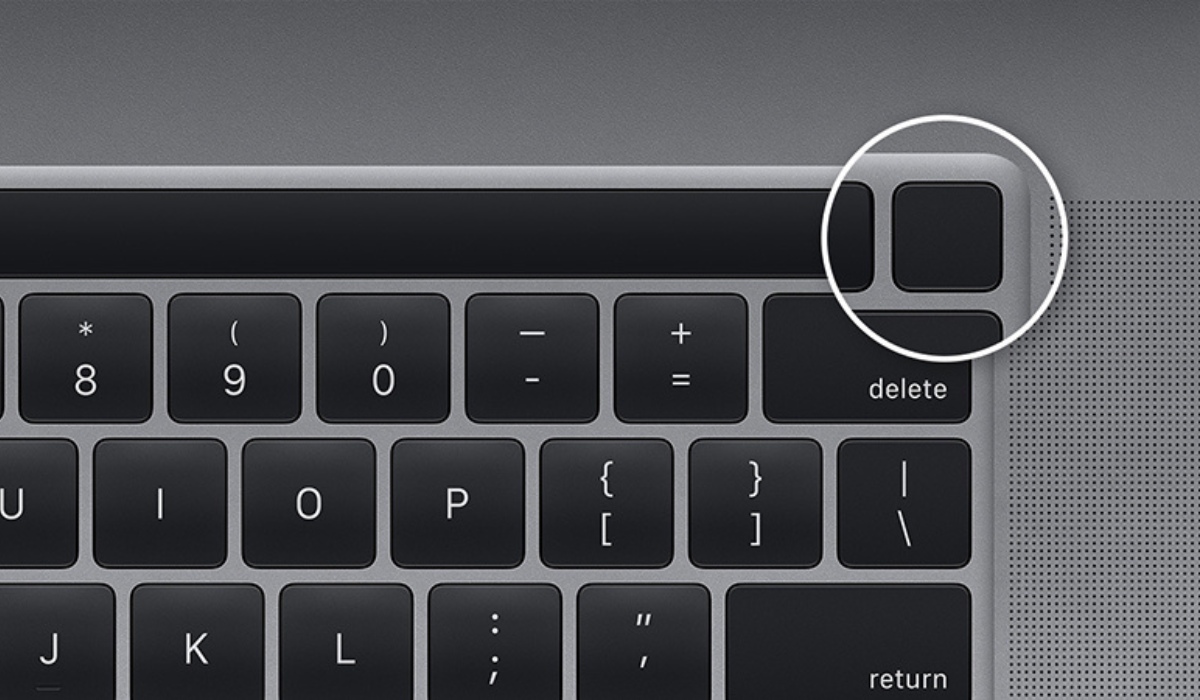Hi, and welcome to EveryReview. Here, we give you information and advice on how to easily use your Mac. In our next piece, we’ll talk about a basic but often-forgotten part of using a Mac: how to shut down Mac.
This step is very important for making sure that your gadget lasts a long time and works well. Whether you’ve used a Mac before or are just starting to learn about Apple’s easy-to-use operating system, our guide will show you the best way to shut down your Mac for your needs and way of life.
We’ll talk about everything, from quick computer shortcuts to fixing a system that won’t work, so you can always power down with confidence and safety. Remember to check back with EveryReview for a full guide on how to safely shut down your Mac, protect your work, and keep your device healthy.
Table of Contents
How to Shut Down a Mac Via the Menu
Follow these easy steps to shut down your Mac through the menu, which is a quick and safe way to make sure that all applications are closed properly and all system tasks are finished:

To get to the Apple Menu, click on the Apple icon in the upper left area of your screen. When you do this, the main Apple menu appears. This menu has many system functions and settings.
Start Shut Down: Find “Shut Down” in the Apple menu and click on it. The macOS knows that you want to start the process of turning off your computer when you type this command.
Choose between an immediate or delayed shutdown. When you click “Shut Down,” a dialogue box pops up that lets you stop the shutdown if you change your mind. You can click “Shut Down” again in the dialogue box if you want to start the shutdown right away. MacOS usually gives you a minute to think about what you want to do or to let the system close everything easily.
Pick to Reopen Windows: In the dialogue box that comes up when you shut down, you may see an option called “Reopen windows when logging back in.” You can uncheck this box if you don’t want your Mac to restart apps and windows that you have already opened when it starts up. This might make the starting process cleaner.
Confirm Shutdown: Click the “Shutdown” button in the dialogue box to confirm that you want to shut down the Mac. This last check tells macOS that you are ready to shut down the computer and close all of its programmes.
Putting away programmes and saving work: MacOS will try to close all open programmes. If you have work that hasn’t been saved yet, the system will tell you to do so. You may also be asked to check whether or not to close some programmes that have tasks running. You should go over these steps again to make sure you don’t lose any work you haven’t saved.
Wait for Shutdown to Finish: Your Mac will shut down after you confirm the shutdown and save any work that hasn’t been saved yet. It’s important to wait until the process is done and the screen goes black before doing anything else, especially if you’re using a MacBook. To make sure everything is turned off properly, you shouldn’t close the MacBook’s lid until the shutdown process is finished.
How to Shut Down a Mac With the Power Button

Apple’s Mac can be turned off by pressing the power button. This should only be done in rare cases where the normal menu shutdown method isn’t working, like when the system isn’t responding. Here’s how to use the power button to safely turn off your Mac:
MacBooks (with a hardware power button) and Mac Desktops follow these steps:
Find the power button:
The power button on a MacBook is usually in the upper right corner of the keyboard or built into the Touch ID button.
If you have an iMac, Mac mini, or Mac Pro, the power button is either on the back or bottom of the machine.
Hold down the power button: Press the power button slowly and hold it down for 10 seconds. When you do this, the Mac will turn off. You shouldn’t use this method very often because it doesn’t let macOS do its normal shutdown steps, which can include ending apps and closing files.
For MacBooks with Touch ID (which is also the power button):
Find the Touch ID:
The power button and Touch ID button are both at the right end of the Touch Bar. On models without a Touch Bar, the power button is in the top right corner of the keyboard.
Hold down Touch ID: Press and hold the Touch ID (power button) for about 10 seconds to turn off the MacBook. If you really need to, you can use this force stop method instead of the normal shutdown process.
Important Things to Think About:
Loss of Data: If you hold down the power button to shut down your Mac, you may lose data that you haven’t saved yet. If you can, always try to shut down your Mac through the Apple menu first.
System Integrity: Pressing the power button over and over to turn off your Mac could damage its file system or software. Only use this method when you have to.
You should wait a few seconds before turning your Mac back on after pressing the power button to turn it off. This short break gives the internal parts a chance to restart.
To sum up, you can use the power button to turn off your Mac when the system won’t respond. However, you should only do this when you can’t use another, safer way. This will protect your data and the integrity of your Mac’s operating system.
How to Shut Down an Unresponsive App
Sometimes, when an app on your Mac stops working, you don’t have to restart or shut down the whole system. macOS gives you a few different ways to force close an app that won’t work. How to deal with an app that won’t work:
1. Use the dock to find the app that won’t respond. Find the button for the app in the Dock.
2. Right-click (or Control-click) on the app icon to “Force Quit” it from the dock.
3. Click on “Quit”: From the choice that pops up, choose “Quit.” Force quit the app if it doesn’t close on its own.
Method 2: Use the dock to force quit
1. Option Key: Hold down the Option (or Alt) key.
2. Right-Click the App: In the Dock, right-click on the app that won’t work while holding down the Option key.
3. Force Quit: You should see a “Force Quit” button. Click on it to close the app.
Third Way: Force Quit Menu
Click on the Apple menu in the upper left corner of your screen and choose “Force Quit.” This will open the Force Quit menu. You can also use the shortcut Command + Option (Alt) + Escape on your computer.
Step 2: Choose the App. In the Force Quit window, pick the app that won’t work from the list.
Step 3. Click the “Force Quit” button to close the app.
Step 4: Use Activity Monitor
Open Activity Monitor. You can find Activity Monitor in the Utilities folder in Applications, or press Command + Space and type “Activity Monitor” into Spotlight to find it.
Find the App: Look through the list of tasks in Activity Monitor to find the app that won’t respond.
To force quit an app, select it and click the “X” button in the menu. Then, confirm that you want to quit the app.
Tips:
- If you’re coming from a PC, you may be used to managing jobs with Ctrl + Alt + Delete. The Force Quit dialogue (Command + Option + Escape) on a Mac is the most similar thing.
- If you regularly save your work and keep backups, you will lose less data if you need to force quit an app that won’t work.
- If none of these solutions work to fix the app that won’t respond or if your whole system stops working, you might want to restart your Mac. You can find more detailed instructions on how to fix apps that won’t work or system problems by using Apple’s tutorials or other tech help materials.
How to Schedule a Mac to Turn Itself On and Off
The System Preferences Energy Saver used to make it easy to control your Mac’s power plan. For example, you could set it to turn on and off at certain times. But when macOS Ventura came out, Apple decided to take this feature away, so you could only get to it through Terminal instructions.
Because you need to know some basic coding, this might turn off most users, but you can still do it if you’re motivated. Our guide on how to schedule the power cycles on your Mac shows you what you need to do.
If you find that the problem is more than just a glitch, you might want to think about getting an updated model. Check out our Mac buyers guide to help you pick the right one for your needs. It goes over the current lineup and suggests options based on different types of use.
